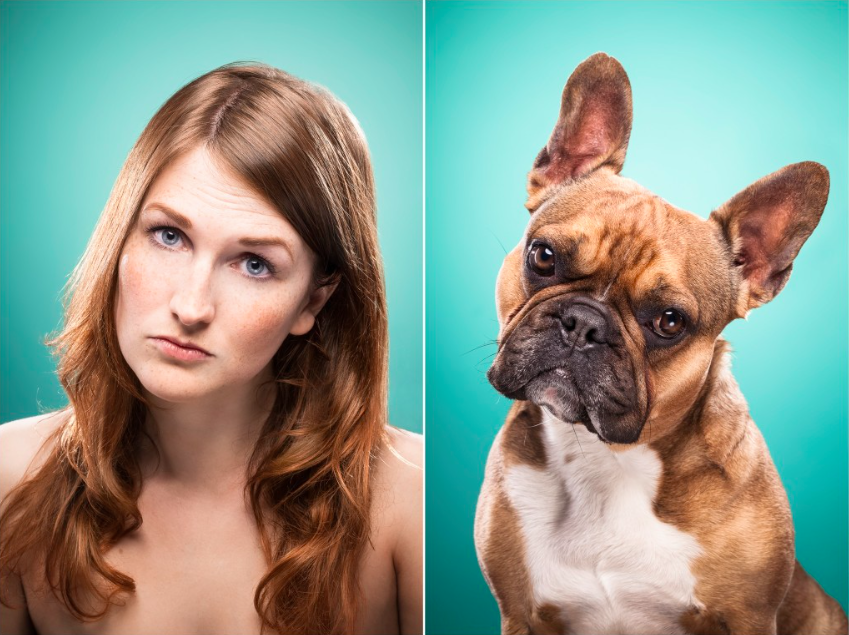MIRRORING DOGS AND HUMANS

New study published in Scientific Reports found that stress levels of dogs and humans mirroring each other is dependent on the dog's breed.

In a previous study by the same research group, stress levels in dogs was found to mirror the stress levels in their owners.
Stress is measured by the amount of cortisol found in fur and hair. Cortisol is a stress hormone with higher levels indicating higher stress. Cortisol persists in fur and hair after it is produced, indicating past stress levels.
In the previous study herding breeds were used, also classed as cooperative breeds because their traditional roles involved cooperation with humans. In this study, scientists included 24 dogs from ancient breeds (those that are genetically closer to the wolf), 18 solitary hunting breeds, and their owners.
In contrast to the herding breeds in the previous study, no relationship was found between owner cortisol and dog cortisol for either the solitary hunting or ancient breed dogs.
Besides cortisol levels, personality data was also collected through surveys. The cortisol levels in solitary hunting dogs was linked to some personality traits in their owners, i.e. agreeableness and openness. No personality traits of owners were linked to cortisol in the ancient breed dogs.
This and the previous study suggest that ancient breeds are least affected by their owner and their relationship together, solitary hunting dogs show some associations, and herding dogs show long-term stress synchronisation. This implies that synchronisation of stress between dog and human is a result of selection within cooperative breeds rather than across the species.
Do you think your dog gets stressed when you're feeling stressed? Or the other way around - do you feel stressed when they get stressed?
Paper: Long-term stress in dogs is related to the human–dog relationship and personality traits - Scientific Reports, April 2021
Article by: Scientific Reports



